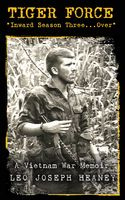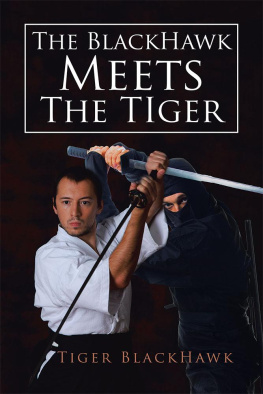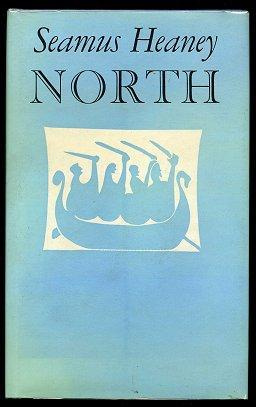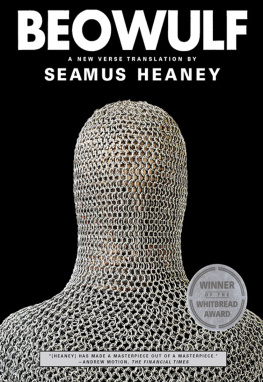Leo Joseph Heaney - Tiger Force
Here you can read online Leo Joseph Heaney - Tiger Force full text of the book (entire story) in english for free. Download pdf and epub, get meaning, cover and reviews about this ebook. genre: Non-fiction. Description of the work, (preface) as well as reviews are available. Best literature library LitArk.com created for fans of good reading and offers a wide selection of genres:
Romance novel
Science fiction
Adventure
Detective
Science
History
Home and family
Prose
Art
Politics
Computer
Non-fiction
Religion
Business
Children
Humor
Choose a favorite category and find really read worthwhile books. Enjoy immersion in the world of imagination, feel the emotions of the characters or learn something new for yourself, make an fascinating discovery.
- Book:Tiger Force
- Author:
- Genre:
- Rating:4 / 5
- Favourites:Add to favourites
- Your mark:
- 80
- 1
- 2
- 3
- 4
- 5
Tiger Force: summary, description and annotation
We offer to read an annotation, description, summary or preface (depends on what the author of the book "Tiger Force" wrote himself). If you haven't found the necessary information about the book — write in the comments, we will try to find it.
Tiger Force — read online for free the complete book (whole text) full work
Below is the text of the book, divided by pages. System saving the place of the last page read, allows you to conveniently read the book "Tiger Force" online for free, without having to search again every time where you left off. Put a bookmark, and you can go to the page where you finished reading at any time.
Font size:
Interval:
Bookmark:
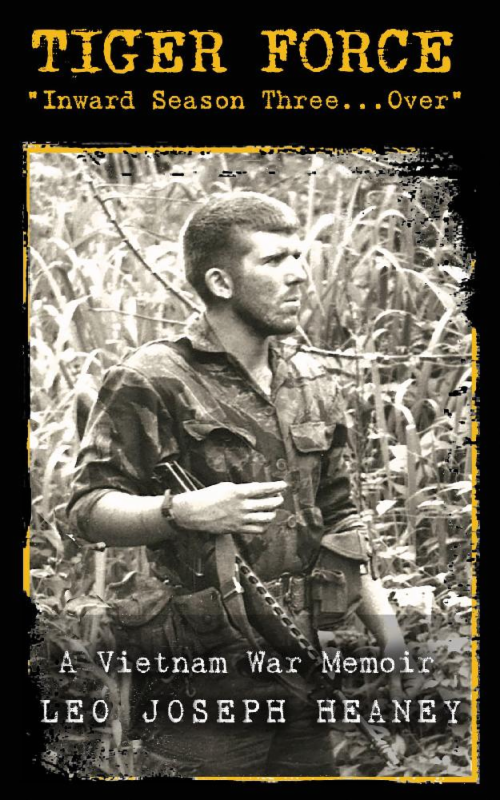
A Vietnam War Memoir
LEO JOSEPH HEANEY
TIGER FORCE Inward Season Three Over
A Vietnam War Memoir
2018 by Leo Joseph Heaney.
ISBN: 978-1-7324645-1-3
Cover design by Kacia Kelly.
Cover photo: Leo Joseph Heaney, courtesy of Leo Joseph Heaney
All rights reserved. No part of this publication may be reproduced, stored in a retrieval system, or transmitted in any form or by any means, electronic, mechanical, printing, photocopying, recording, or otherwise, without the prior written consent of the author. Contact:
Vietnam map created by Varida P&R, used by permission.
Permission to reproduce the 101st and Tiger Force insignias was given by written consent of the Army Trademark Licensing Office.
Spine: The smaller insignia (an eagle with an airborne tab above it) is the official patch of the 101st Airborne.
Back cover: The larger insignia was designed by Doc Hise and Ralph Mayhew for unit pride among Tiger Force personnel. It was never officially authorized by the Department of the Army, and was worn only while serving with the Force in Vietnam. The graphic created by NordNordWest added the word "RECON" below the eagle.
Dedication
To those who unselfishly wager all
to their tomorrows
Acknowledgements
I had the easy task of composing the narrative portion of the text. The bulk of the labor to bring this work to print belongs to others.
Special commendation belongs to three individuals. Ellen Fisher Heaney was the literary compass for the project and the person most directly responsible for bringing the mission to conclusion. Kacia Kelly designed the cover. Suzanne Hagelin of Varida Publishing and Resources was an unimaginable asset whose guidance and formatting skill were essential to the overall presentation of the book.
Additional thanks go to the following individuals who were instrumental in helping me to prepare the material for publication: Lisa Adams, Sam Carnero, Tom Day, Charlie Evans, Kristin Evans, Pam Flores, Pamela Gross, Shirley Ann Hartz Jacobs, Mark Jordan, Kathy McKeehen, Candy Tingstad, Brigitte Trout, and Melissa Kay Hartz Wadsworth.
A Bit of History
B ecause Japan had allied itself with Germany, French colonies in Southeast Asia went to the Japanese when the French surrendered to the Germans during WWII. Ho Chi Minh (the eventual leader of North Vietnam) had fought against the Japanese alongside the U.S. in WWII. When the war was over, Ho Chi Minh expected the U.S. to support him in forming the nation of Vietnam. However, a half a world away, Europe was splitting into two major factions: the communists and the West. The future nation of Vietnam was destined to become one of the major conflict areas of the Cold War.
France was viewed as a strategic member to NATO, and the U.S. bowed to French designs to return to Southeast Asia and re-establish colonies in Indochina. So, after fighting the Japanese for 5 years, Ho Chi Minh then had to fight the French. The final deciding battle of the French-Indochina War (First Indochina War) was Dien Bien Phu, where Ho Chi Minhs forces decisively defeated the French. During the conflict, France wanted U.S. air support, but Eisenhower refused. Helping any colonizing attempt would not gain favor for the United States, the free world, or the developing world. Additionally, it would lend credence to the communists mantra labeling the West as imperialistic.
After the Vietnamese beat the French in 1954, the peace treaty participants met in Geneva, Switzerland. It was decided that Vietnam would be divided at the 17th parallel until a plebiscite (a vote by the people of Vietnam) could be conducted. The people were to determine whether Vietnam would be one unified nation or two separate countries--one communist and one capitalist. The plebiscite never occurred. The communists felt betrayed by the West. The seeds for the Second Indochina War were sown.
Prologue
T iger Force of the First Battalion, 327 th Parachute Infantry Regiment, of the First Brigade (Separate) of the 101 st Airborne Division was a counter-guerrilla unit. It combined the battalions reconnaissance and anti-tank platoons, minus vehicles. The units inception is credited to Major (later Colonel) David Hackworth. David Hackworth realized that the typical U.S. infantry line companies, as deployed in Vietnam, seldom commanded the element of surprise. Their organizational equipment, large size, methods of insertion, and normal tactical routine usually gave the enemy knowledge of an American units location and intentions. The options to fight or flee then rested with the enemy. Hackworth wanted a combat force that could operate in the enemys backyard. His solution was Tiger Force, a tactical element that had both fire power and stealth.
Formed in October 1965, the Force was made up from personnel of three headquarters company components: recon platoon, anti-tank platoon, and the ground surveillance radar section. The first members arrived in Vietnam via ship, and those soldiers affectionately take the label of Boat People. Later reinforcements to Vietnam arrived by plane. 1 Today there is still a Tiger Force as part of the 327th Infantry.
All Tigers volunteered twice--the first was to go airborne, and the second was to join the Force. Most men came from the line companies. The main prerequisite for joining was prior combat experience. Sometimes (after major engagements when there was a shortage of replacement personnel across the entire battalion) combat experience was waived. In order to un-volunteer a Tiger only had to announce his intention to the First Sergeant, and Top would find a job for the soldier in supply, motor pool, orderly room, mail room, mess hall, etc.
In 1966, Tiger Force commander Captain Thomas Agerton summed up the Forces standard operating guidelines in a mission briefing before an operation out of Tuy Hoa . Paraphrased, it went something like this: When Tiger Force meets an enemy unit, if the enemy unit is smaller than the Force, the Force will overrun it. If it is bigger than the Force, the Force will nip off its head or tail, and keep after it until the rest of the battalion can bring in support.
I served as a combat infantryman in Tiger Force from June of 1966 through October 1967. Sometimes, following an episode of tactical success or some extreme physical endeavor, I found myself humorously commenting to my comrades that someday I should write about their exploits. At that time, my comments were more in the form of a verbal pat-on-the-back, and not an enterprise I seriously considered. The emergence of a book in 2006 purporting to describe the true nature of the Force and the individuals that served in it, compelled me to reconsider my intentions. If I am successful, the following account will leave the reader with an understanding of the history of the Force, its typical composition, how it operated, and (in particular) the character of the individuals that contributed to its uniqueness.
*****
1- Conversation with Dr. James Wilson (one of original members of Tiger Force who arrived via boat) at a reunion in Deadwood, June 26, 2017. BACK
Map of Vietnam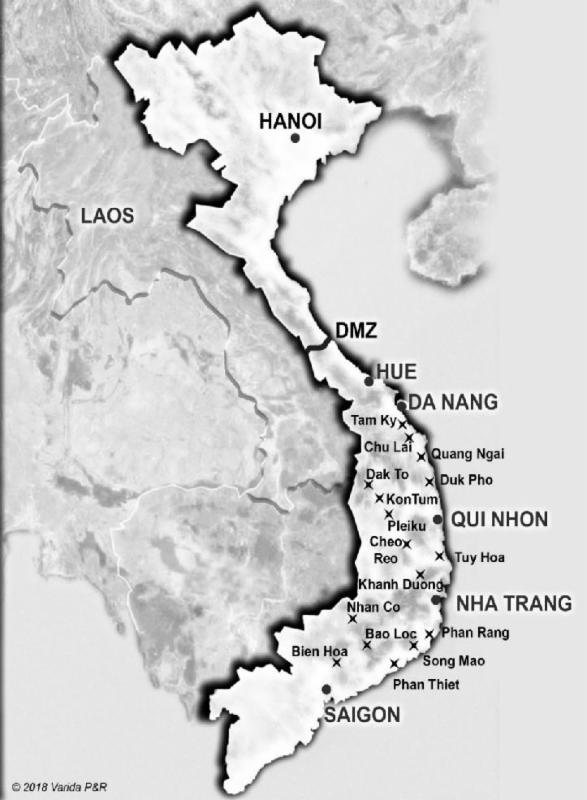
Table of Contents
Title & first pages
A Bit of History
Prologue
Map
Chapter 1 Tigers in the Chow Line
Chapter 2 The Diplomat and Warrior
Chapter 3 Pistol Poppin Priest
Chapter 4 Operation Hawthorne Heats Up
Chapter 5 Tiger Hill
Next pageFont size:
Interval:
Bookmark:
Similar books «Tiger Force»
Look at similar books to Tiger Force. We have selected literature similar in name and meaning in the hope of providing readers with more options to find new, interesting, not yet read works.
Discussion, reviews of the book Tiger Force and just readers' own opinions. Leave your comments, write what you think about the work, its meaning or the main characters. Specify what exactly you liked and what you didn't like, and why you think so.

